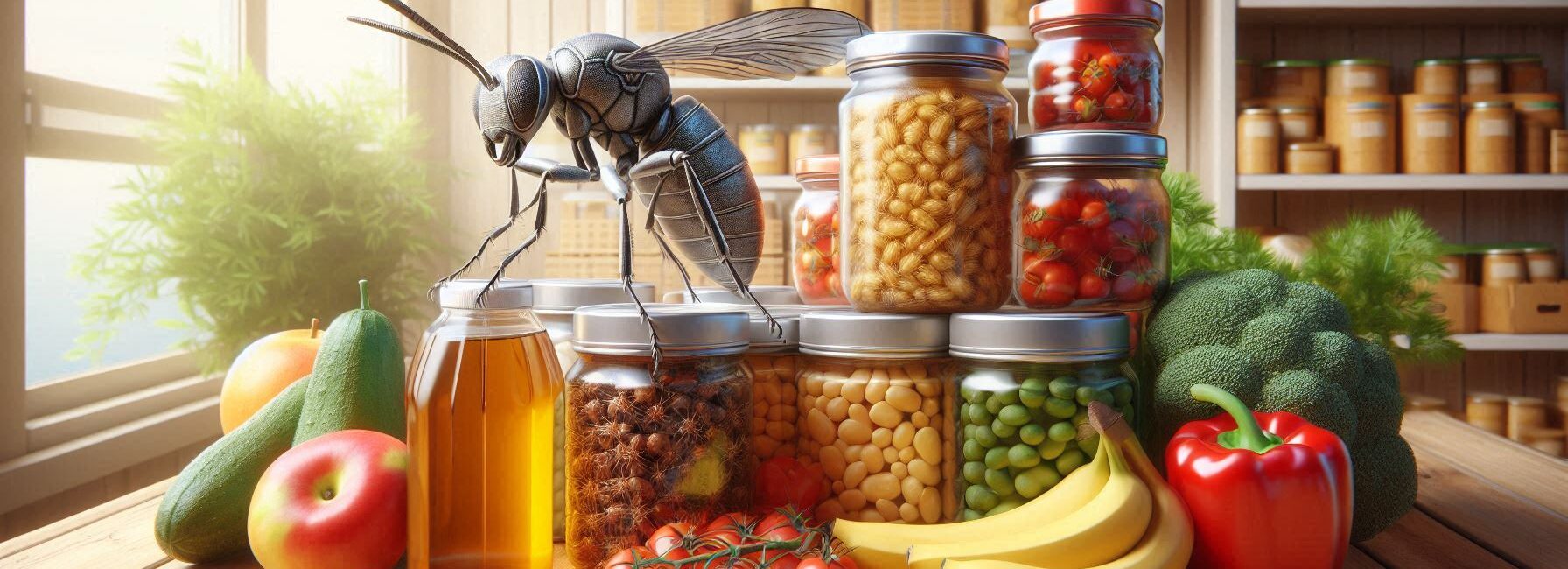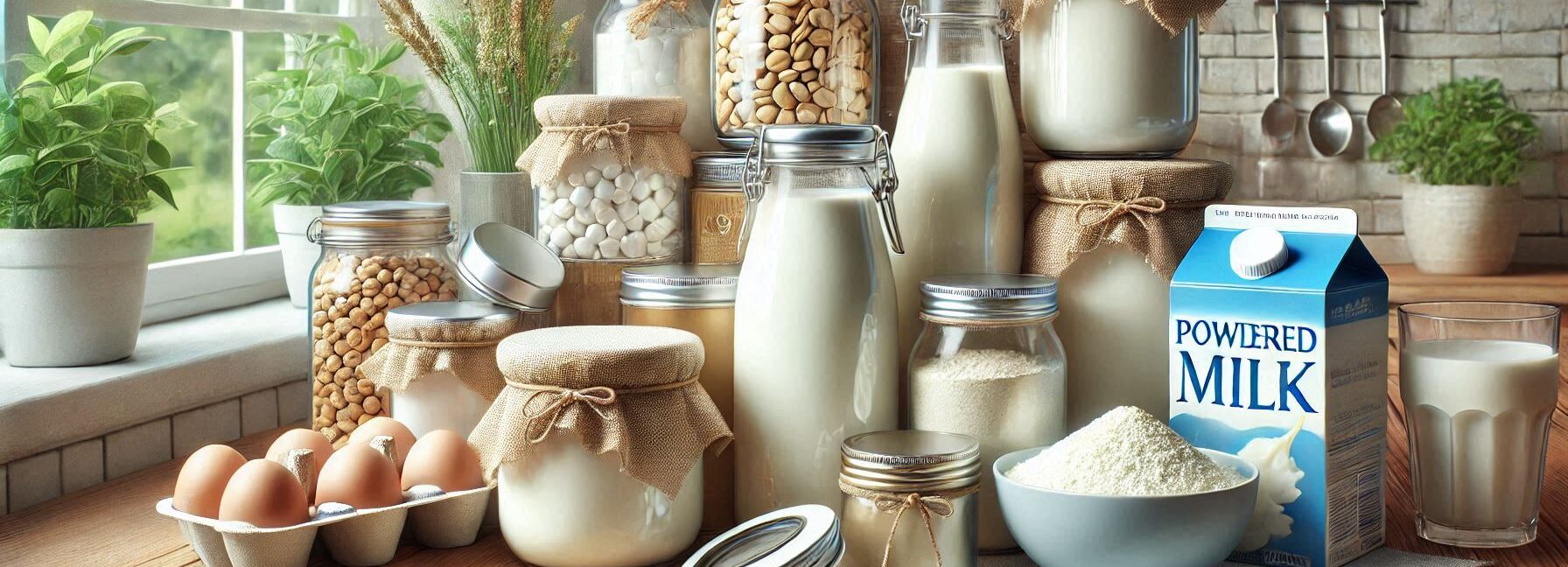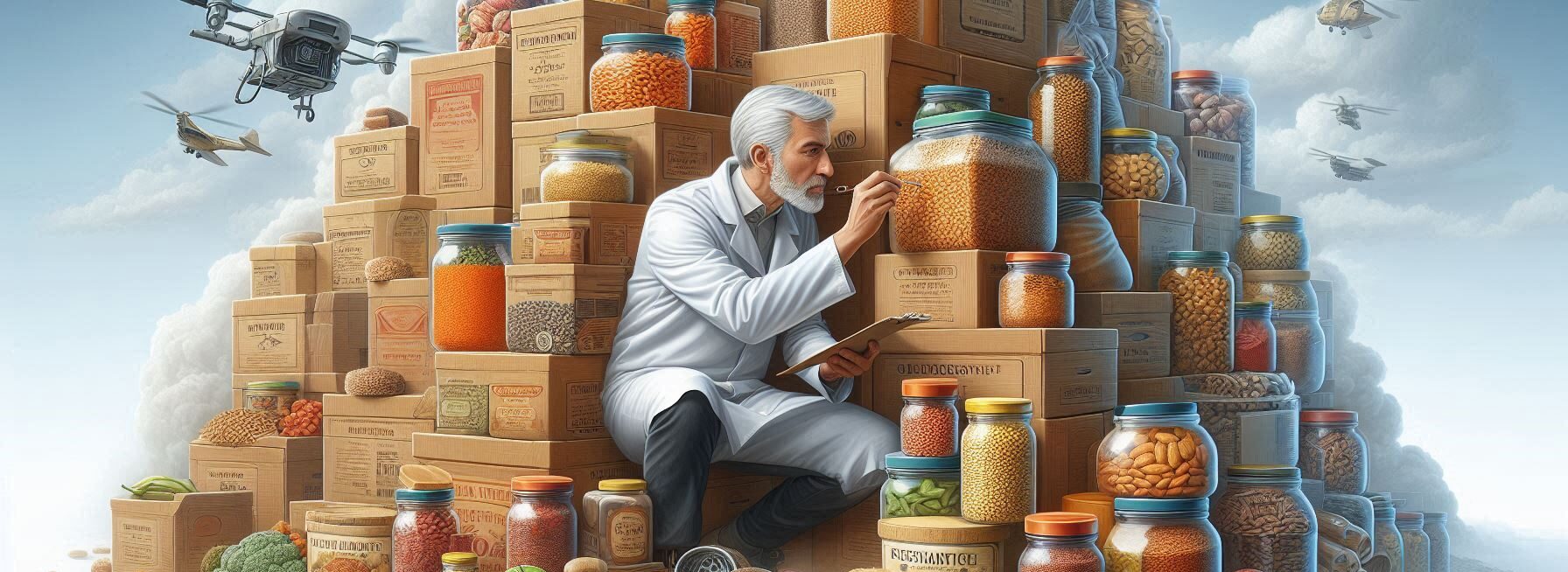Please Note: This post may contain affiliate links. If you click one of them, we may receive a commission at no extra cost to you. As an Amazon Associate, I earn from qualifying purchases.
Last Updated on November 2, 2025 by Kevin Collier
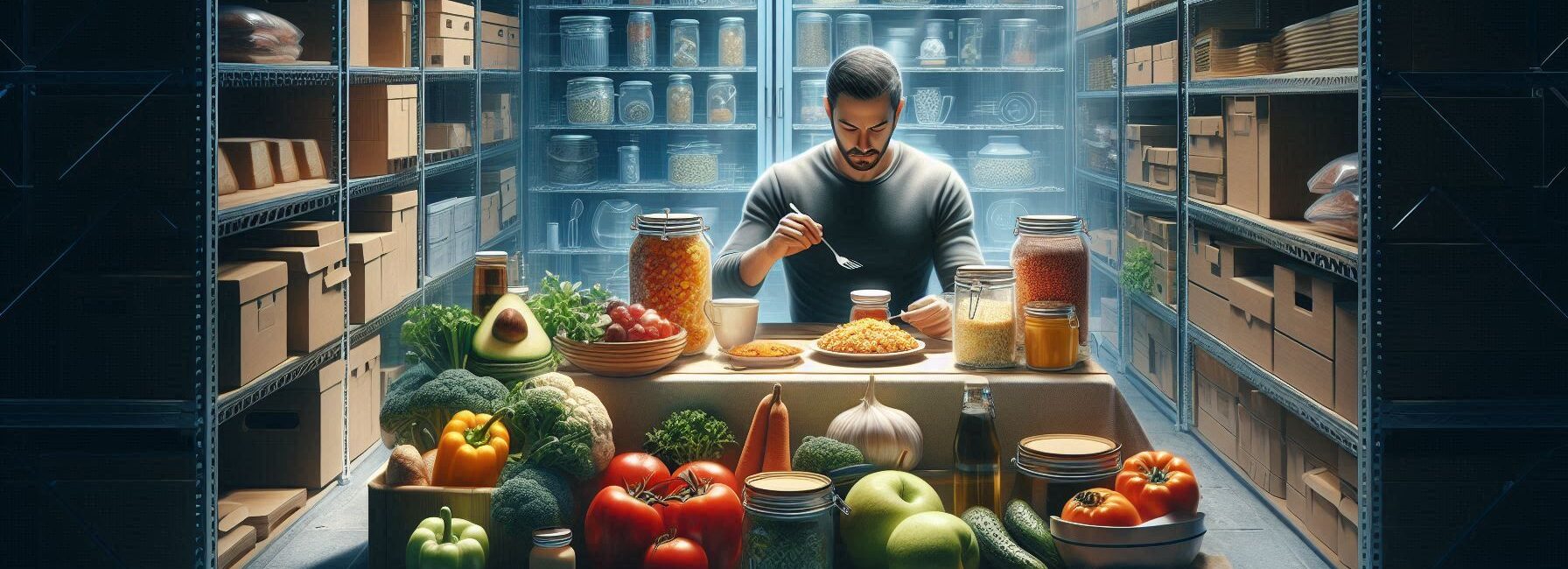
Top Takeaways and Key Concepts
– Assess your family's food needs to tailor a long-term storage plan effectively.
– Choose a variety of foods to ensure nutrition and avoid dietary boredom.
– Store food in a cool, dry place to prolong shelf life and prevent spoilage.
– Use airtight containers to protect food from pests, moisture, and air.
– Regularly check and rotate your food supplies to ensure freshness and usability.
Let’s be real. The world can flip upside down without warning. One minute, you're lounging on a picnic blanket, enjoying a tasty sandwich. The next, you’re ducking and dodging flying squirrels like you're in an action movie. Crazy, right?
That’s where a solid food storage plan comes in. It’s just as crucial as making sure you’ve got enough toilet paper for those outdoor adventures. Seriously, nothing ruins a trip faster than running out of that. Trust me, you don’t want to find yourself in that situation!
Think about what you’ll need. It’s not just about snacks. You want nutritious foods too. Canned veggies, rice, pasta. Yum! These things last a while, and they’ll fill you up when you're hungry.
A good spot for storage is key. Find a cool, dark place—not too sunny. Your food will appreciate it. Check your stash now and then. Make sure nothing’s hiding in the back and going bad. No one wants a surprise when they open a jar.
Label your containers, too. Simple names and dates help a lot. You’ll know what to eat first and what’s waiting for later. Kind of like a treasure map for your snacks!
Now, here’s a fun tip. Get the whole family involved. Let the kids help pick out items. It makes it a game, and they’ll feel proud of the work. Everyone’s in this together.
When life throws those squirrel moments your way, you’ll be ready. You’ll smile, grab a snack, and say, “I’ve got this!” No worries about where your next meal will come from. You’re all set!
So, grab a snack—just maybe not the last bag of chips—and let’s go on this food storage journey together. It’ll be great, I promise! 🍪🌻
*** Shop for Survival Gear - Tools - Kits ***
Survival Gear - Bags and Backpacks - Knives - Boots/Footwear - Communication
Outdoor Cooking - Gloves - Hydration - Dry Boxes - Water Filtration Systems
Tents - Sleeping Bags - First Aid Kits - Multi-Tools - Flashlights - Fire Starters
Navigation - Survival Food - Night Vision - Headlamps - Stun Guns - Binoculars
Understanding Your Needs: What Are You Storing For?
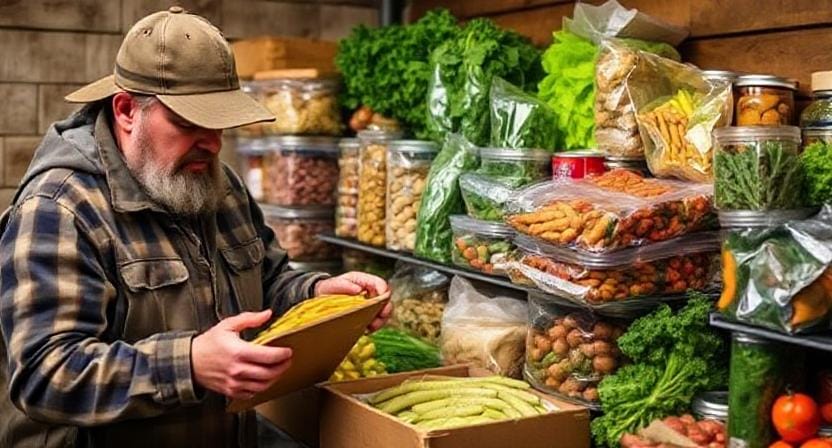
First, we need to be clear about what we're getting ready for. Are we getting ready for the end of the world? A family reunion where Aunt Edna brings her legendary potato salad? Or maybe they just lost their job out of the blue? Whatever it is, knowing what you need can help you figure out how much food to have on hand.
Think about how many people live with you. You certainly need more than just you and your cat who believes she's a queen if you have ten kids and two dogs who eat like people.
I mean, has anyone ever given a cat anything other than tuna? It's like telling them to go get something. So, be honest about your circumstance.
Next, think about any dietary limitations or preferences that your family may have. Does someone not eat gluten? Are you vegan? Or do they only consume things that are orange and look like dinosaurs? Knowing these things makes sure that when the time comes, no one will be hungry and staring longingly at a can of beans they can't eat.
What Foods Should You Put In Your Stockpile?
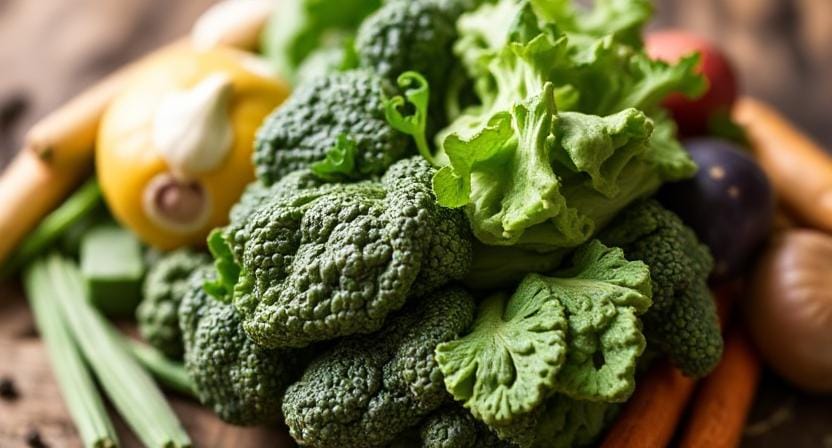
Okay, now that we know what we need, let's talk about what foods should really be in our stockpile. The most important thing is to have a lot of different foods. No one wants to live on nothing but canned peas for six months (unless you really like that kind of thing).
Start with basic foods like rice, pasta, and oats. They last a long time and can be the cornerstone for many meals. Next are proteins. You may use canned beans, lentils, or even freeze-dried meats if you want to be fancy.
Don't forget about fruits and veggies. Freeze-dried ones are great because they keep their nutrients and don't take up too much space.
Also, think about adding some items that make you feel good! Chocolate bars might not be “survival food” in the strictest sense, but let's be honest: a little sweetness goes a long way when things are difficult. Plus, it might stop the inevitable meltdowns when you find out there's no Wi-Fi!
How to Store It Right: Keep It Fresh
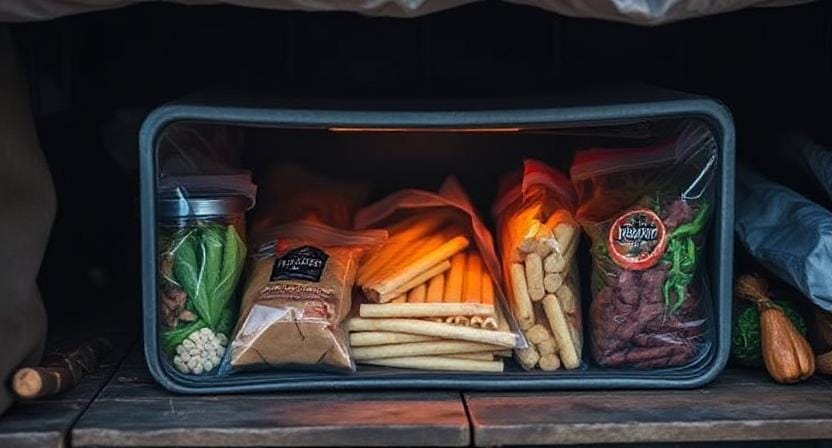
It's time to think about how to store your survival food now that you've picked out your favorite (or strange) foods. After all, no one wants their carefully chosen stockpile to turn into science experiments after six months because they didn't seal things well.
It's very important to get containers that are airtight since they keep moisture out and pests away. For grains and other bulk products, glass jars with rubber seals or heavy-duty plastic buckets work well. And speaking of bugs… I previously had a bad experience with mice that thought my granola was their own smorgasbord. It wasn't pretty, that's for sure!
Put clear dates on everything so you know what to use first. This isn't simply an exercise in organization; it might also keep you from eating something that went bad when dinosaurs inhabited the Earth!
You should also think about keeping things in cold, dark places away from sunshine, which can damage them over time.
Rotation Is Important: Using What You Store
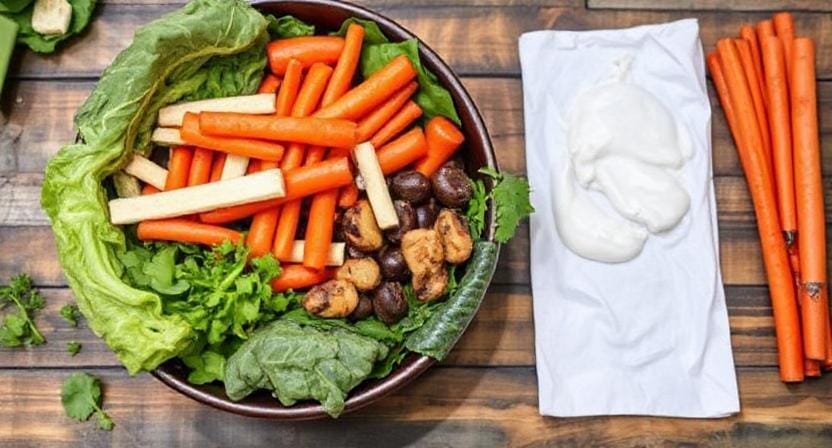
Rotation is another important aspect of keeping your food storage plan going. You can't just leave those cans on the shelf like trophies from last year's camping trip because you've stored up.
Using a “first-in-first-out” method makes sure that older things are used before newer ones come up. This is true for both canned goods and leftover pizza slices after movie night! Use preserved goods in your daily meals to keep everything fresh and avoid wasting food.
And to be honest? This could even make you more creative in the kitchen. You might make weird dishes just to avoid eating old chili again!
Make It Fun: Get Everyone Involved
Now, how can we make this entire food storage thing fun instead of just another task on our never-ending lists? When everyone gets engaged, it becomes an experience instead of a chore!
Ask each family member to choose their favorite non-perishable snacks or meals that they would like to have during hard times. This way, everyone feels like they have a say in what is being kept, and it gets everyone excited about making new meals together in the future!
You could have themed nights centered on certain foods, like “Taco Night” with just canned goods. Everyone could come up with ideas based only on what's in the cupboard. Who knows what tasty things will come up?
And hey, if something bad happens in the future and you have to live off those goods… Wouldn't it be lovely to know that everyone helped?
Frequently Asked Questions
Why should I assess my family’s food needs before building a storage plan?
Evaluating food needs helps you choose the right quantities and types of food for long-term readiness.
How can I avoid boredom in long-term food storage?
Include a wide variety of shelf-stable foods to maintain balanced nutrition and prevent repetitive meal fatigue.
Where should long-term food storage be kept?
Store food in a cool, dry, dark environment to slow spoilage and protect quality over time.
Why are airtight containers important?
Airtight containers keep air, moisture, and pests out, preserving taste, texture, and safety.
How often should I check my food storage?
Inspect stored foods regularly for damage or expiration and rotate older items into everyday use.
How does labeling containers help?
Labels with dates and names make rotation easier, ensuring older items are used before newer ones.
Can family members help choose stored food?
Yes, involving family encourages better meal planning and ensures stored food reflects real preferences.
Suggested Resources:
Emergency Food Storage – https://www.ready.gov/food-storage
Long-Term Food Storage Guide – https://www.theprovidentprepper.org/long-term-food-storage-guide
How To Create a Survival Pantry – https://www.survivopedia.com/how-to-create-a-survival-pantry

Kevin Collier is a seasoned survivalist and expert in prepping and homesteading, contributing to WiseSurvive.com. With a deep-rooted passion for self-sufficiency and outdoor survival skills, Kevin shares practical advice, strategies, and resources to help individuals prepare for any challenge. His informative articles cover a range of topics, from essential survival techniques to sustainable living practices, empowering readers to thrive in any situation. Whether you're a novice or a seasoned prepper, Kevin's insights will inspire you to take charge of your readiness and build resilience for the future.

